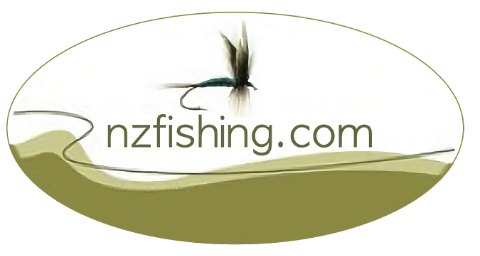Whirinaki River
|
The Whirinaki is a superb river in scenic surroundings. It provides wonderful stretches of wilderness fishing for a large population of both rainbow and brown trout. |
|
|||||||||||||||||||||||||||||||||||||||||||||||||||
Other fishing waters of the region
NZFishing.com
NZFishing.com is the complete guide to New Zealand trout and salmon fishing.


